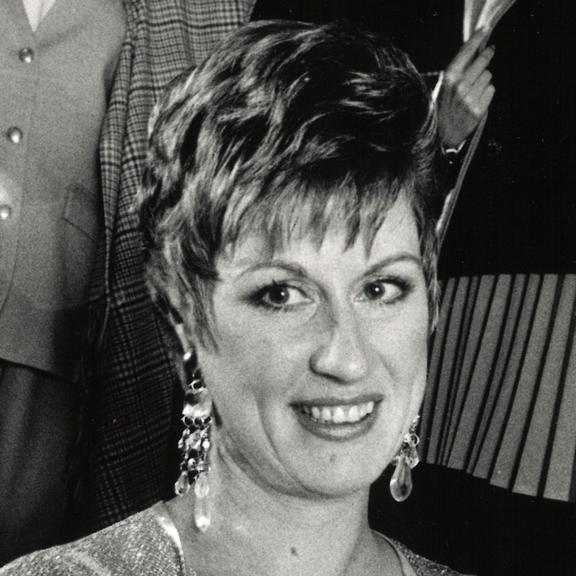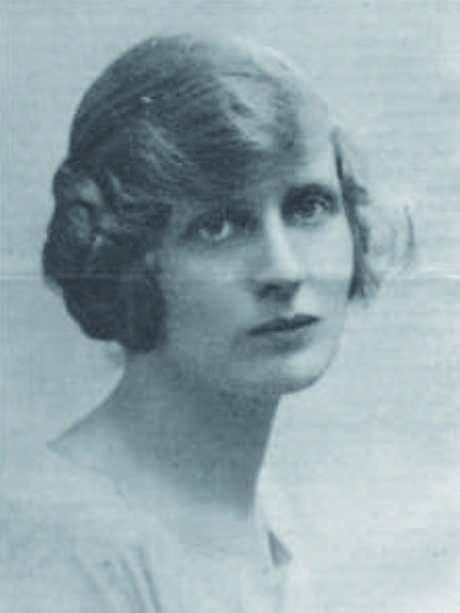Perri Cutten: A Timeless Legacy in Fashion
Remembering Perri Cutten: A trailblazing Australian fashion designer whose timeless elegance and...

 Search...
Search...
A treasure buried in dusty boxes left by a woman who had died. For a real estate agent who didn't know what to do with them but kept the notes, research photos and pillowcases filled with 20 years of letters. These findings turned out to be part of the most significant breakthrough in the field of anthropology for more than 50 years.

The anthropologist was Caroline Tennant-Kelly, better known as Carrie, who was one of the first anthropologists to study First Nation Australians. She was born Emilie Caroline Tennant Watson in 1899 in Manchester, England.
Caroline came out to Australia in the early 1920s and performed in theatres and produced plays around Brisbane and Sydney. In 1929 she married Francis Angelo Timothy Kelly at St James Church of England in Sydney.
After leaving an extensive career in the theatre in 1931, Caroline enrolled in anthropology at the University of Sydney, gaining her qualifications. For the next 40 years she undertook fieldwork among Aboriginal communities in New South Wales. In 1934 Caroline spent four months at Cherbourg Aboriginal Settlement, Queensland.

Caroline had an insight into the First Nation culture and made numerous proposals to the Aboriginal Protection Board and the premier of the day, Sir Bertram Stevens. Acknowledging the traditional authority of elders and recommendations for a full-time protector of First nation Australians replacing education and training towards understanding Aboriginal culture.
Caroline retired to Kyogle in 1987, some time after her husband died. Local real estate agent Grahame Gooding was tasked with finding the 90 year old a small property where she could grow herbs. Over the next couple of years Grahame stayed in touch with Caroline doing small jobs for her around the house and listened to stories of her work with First Nation Australians.
When Caroline died, Mr Gooding told the Lismore Northern Star the family had taken all her personal possessions but he was left with boxes of her work.
"I am not trained in that field but thought there were things in there that would be of interest to people - I just didn't know who." Mr Gooding told the Northern Star.
It wasn't until 20 years later, when University of Queensland PhD student Kim de Rijke placed an ad in the Northern Star looking for anyone who had any information on Ms Tennant-Kelly. Mr Gooding knew then he had found the right people.
Caroline's collection of work detailed daily life on Cherbourg Aboriginal Settlement in Queensland 1934, recording kinship practices, traditional ceremonies, language, territorial knowledge and genealogies.
Those dusty boxes became the filler for so many large holes in today's anthropological studies. The collection has been catalogued and recorded for the Fryer Library at the University of Queensland.

Originally published on Tales From The Grave Uncovering family history from down under By Samantha Elley
References